Rob Matthews interviews RPG Historian Ben Riggs—author of Slaying the Dragons: A Secret History of Dungeons and Dragons, now available for preorder! It’s looking to be an absolute must-read for anyone curious about the origins and history of D&D and TSR—the company who first published the game.
About the Book
Role-playing game historian Ben Riggs unveils the secret history of how D&D and TSR—the company that unleashed imaginations with Dungeons & Dragons, was driven into ruin by disastrous management decisions, and then saved by their bitterest rival.
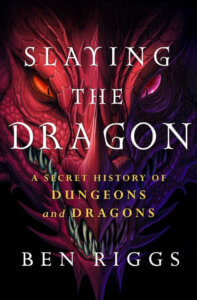
Unearthed from Ben Riggs’s own adventurous campaign of in-depth research, interviews with major players, and acquisitions of secret documents, Slaying the Dragon reveals the true story of the rise and fall of TSR. Go behind the scenes of their Lake Geneva headquarters where innovative artists and writers redefined the sword and sorcery genre, managers and executives sabotaged their own success by alienating their top talent, ignoring their customer fanbase, accruing a mountain of debt, and agreeing to deals which, by the end, made them into a publishing company unable to publish so much as a postcard.
As epic and fantastic as the adventures TSR published, Slaying the Dragon is the legendary tale of the rise and fall of the company that created the role-playing game world as we know it.
Interview With Ben Riggs
Many thanks to Ben Riggs for taking some time to answer questions from our writer and life-long gamer, Rob Matthews, about the history of D&D and TSR!
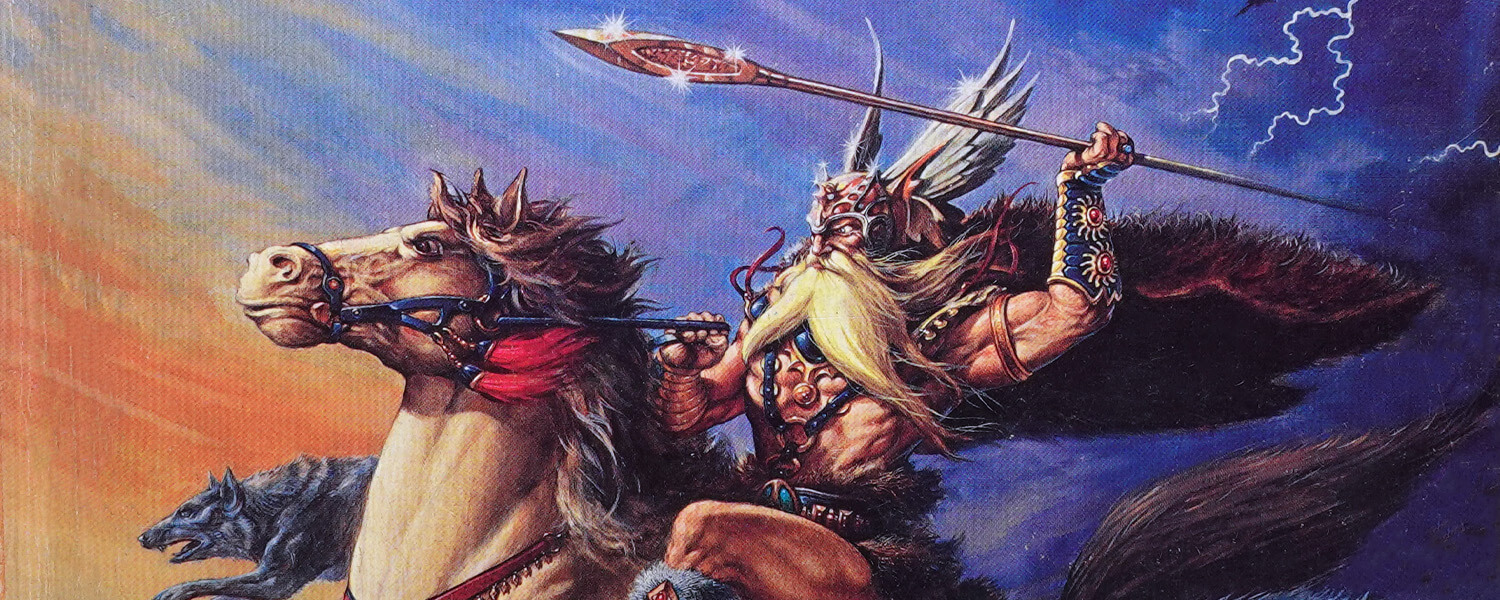
The Origins of the Book
Slaying the Dragon isn’t like any other book on the topic of Dungeons & Dragons that I’ve ever read. Rather than focus on the lives and times of Gary Gygax or even Dave Arneson, you dove head-first into the business decisions of the company itself, and the behind-the-scenes history of D&D. What drove that decision?
Really, the story chose me.
The book started as an article for Geek & Sundry. My editor wanted a piece that would explain that D&D wasn’t always owned by Wizards of the Coast, and wasn’t always created in Washington state. Being Wisconsin from my accent to my accouterments, and knowing some of the old hands that worked at TSR, the company to first publish D&D down in Lake Geneva, Wisconsin, the piece fell to me.
I thought I knew exactly how TSR fell apart. I thought that Magic: The Gathering stole its audience, cratering D&D’s sales, and then Wizards of the Coast bought the company. But when I began interviewing veteran D&D creators, and then followed up with people in marketing and sales, I discovered I didn’t know anything about how D&D almost died in 1997.
Then, my sniffing around the story brought individuals to me. People started sending me stuff. Sales numbers, contracts, lawsuits, personal correspondence from the time, etc. In other words, hard data to back up the story I was hearing from TSR alumni.
Really, after you get your first box of documents from someone requesting to remain anonymous that tells a story no one has heard before, it’s hard not to write a book about it.
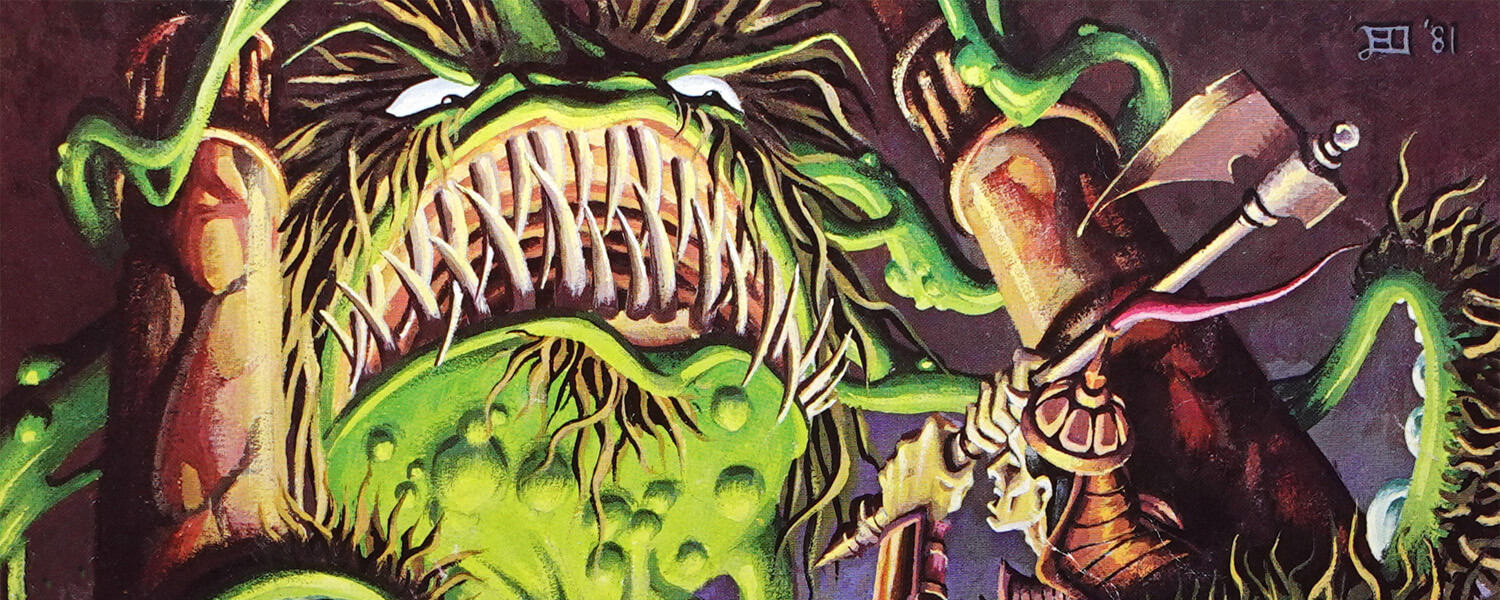
Finding Sources
You managed to hunt down some old hands and got them to speak on the record about the history of D&D. You must be quite the detective. How did you pull this off? Were you surprised by who chose to speak and who wouldn’t? With whom were you most excited to speak?
In general, people were eager to speak to me.
Bob Abramowitz was the guy who first managed to get Lorraine Williams, the iconoclastic CEO of TSR, to agree to sell TSR. As far as I knew, no one had spoken to him about the matter in decades, but I hunted down his phone number and called him at dinner time. He talked my ear off for a half-hour about the deal to buy D&D. It was like he’d been waiting for someone to call and speak to him about this.
I think that two decades is just the right amount of time to wait before coming along to write a book. It gives people distance from the matter, and time for relationships to cool. It also does affect memory, so I’m really glad I got documents to corroborate what people told me.
Lorraine Williams was CEO of TSR during its darkest days, and is likely the person most responsible for its downfall. It did not surprise me she didn’t want to talk, although it is regrettable that her side of the story will go untold for now.
I was probably most excited to speak to Wizards of the Coast co-founder Peter Adkison. He bought D&D, shepherded out 3rd edition, and bought Gen Con twice. He’s a fascinating guy, and incredibly generous with his time. I could email him about what he ate for dinner in 1997, and instead of castigating me for asking such a silly question, he’d do his best to try to remember.
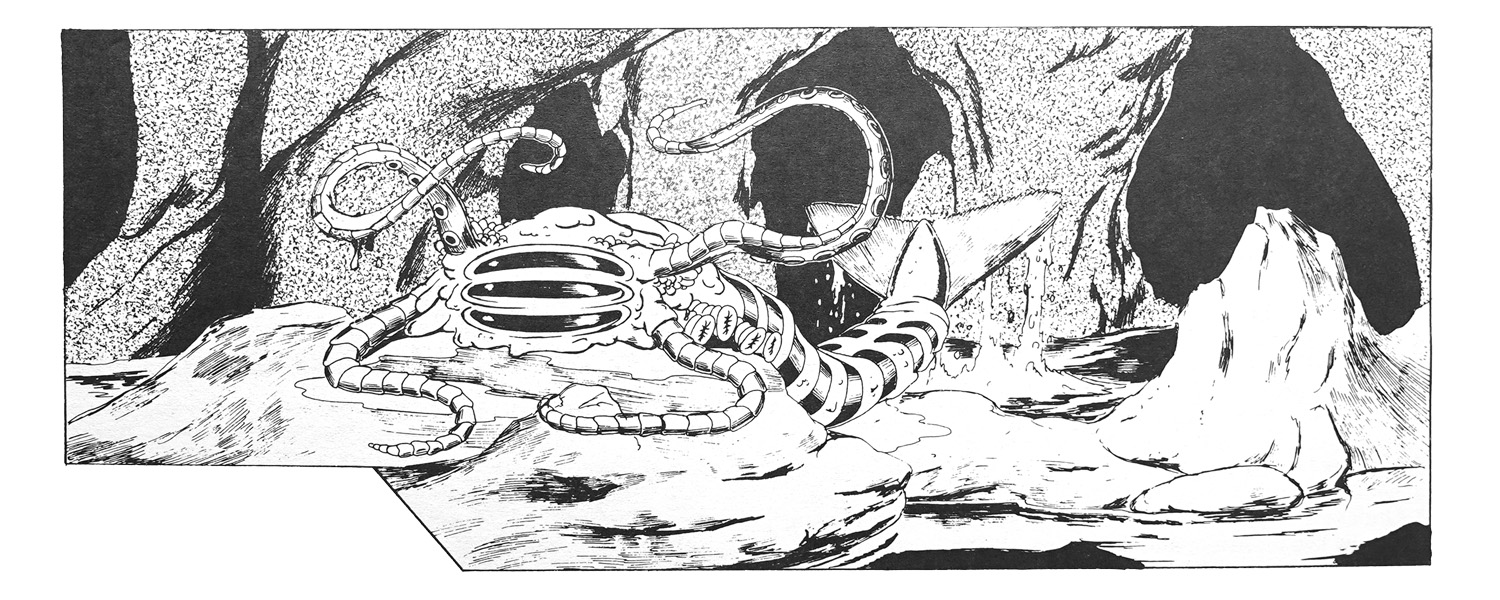
Surprising Revelations buried in the history of D&D
You did some serious myth busting along the way, both of folks gamers have lionized over the years like Gary Gygax, and those who have been villainized, like Lorraine Williams. I don’t want to give too much of the book away, but could you maybe tell us something about both of these people that could surprise us?
The most unfortunate thing about Gary Gygax was that he was not a reliable narrator about what happened during his time running TSR. The company almost collapsed in the mid-80s due to disastrous management decisions, such as buying a needlepoint company owned by a relative of a member of TSR’s board of directors. Later in life, he portrayed himself as being totally out of the loop on those decisions, while the truth is, he was giving interviews to the Wall Street Journal about how needlepoint was a great market for expansion. It’s particularly unfortunate because I don’t know that anyone cares that Gygax wasn’t a great businessman. I believe the name Gary Gygax will be known for millennia, and he will be remembered as one of the most innovative game designers that ever lived for co-designing D&D. If he had simply been upfront about what happened, no one would have decided to stop playing D&D. But it is hard to confess in public to failings.
The next and final CEO of TSR was Lorraine Williams. She purchased the company and forced out Gygax in a hostile takeover, and under her leadership, the business almost failed in 1997. These two facts have left her with a poor reputation in the D&D community. But there are positives that need to be put on the other side of the ledger. For example, employees told me they believed Williams saved the company from bankruptcy when she purchased it. Furthermore, it is arguable that the greatest D&D settings of all-time were created under her leadership, and that her time running the company was the game’s silver age. For example, it was under her leadership that TSR decided it needed a new flagship fantasy setting, which brought us the Forgotten Realms. The Realms are possibly the best-detailed fantasy setting of all-time, and they are still the flagship setting of 5th edition D&D.
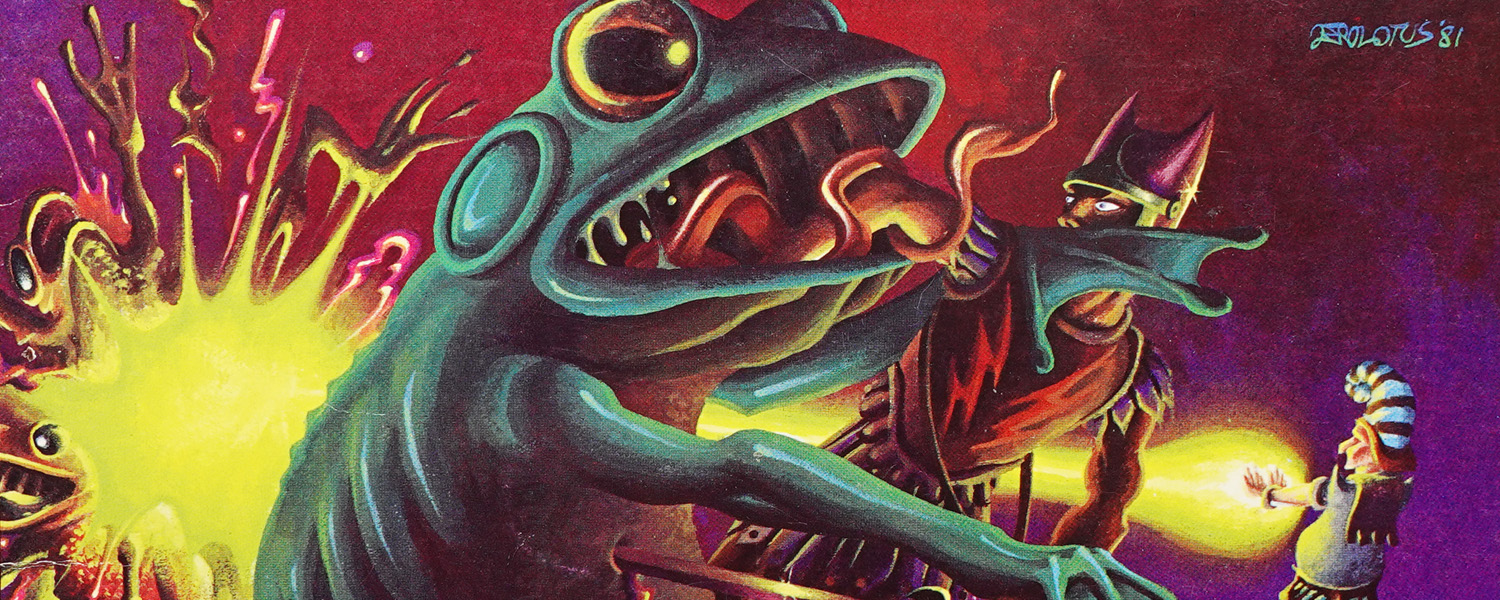
Changing Minds?
As Lorraine Williams chose not to go on record, readers have to rely on the memories and perceptions of those who worked with her. At times, some of her former colleagues paint a picture of a mercurial and uncompromising person with questionable knowledge about TSR’s products and their market. However, few people knew about the financial time bomb ticking away in TSR’s inner workings. Do you think what you discovered in Slaying the Dragon will change people’s thoughts about her?
I hope so. Lorraine made mistakes, but that’s not the whole story. For example, TSR made a lot of stunning, gorgeous products during her reign. Turns out, a lot of these products were sold at a loss, but it sometimes took the company months too realize that the price point of a product was so low that the company lost money with each product sold. While this was terrible for the company, it was also effectively subsidizing my adolescence, and the D&D habit of the geek community at large. Those of us living through the Williams era got amazing D&D products on the cheap. Over time of course, selling products that lose money was one of the practices that led to the company’s death. But those of us who lived through it will still get misty-eyed about the amazing content TSR put out at the time.
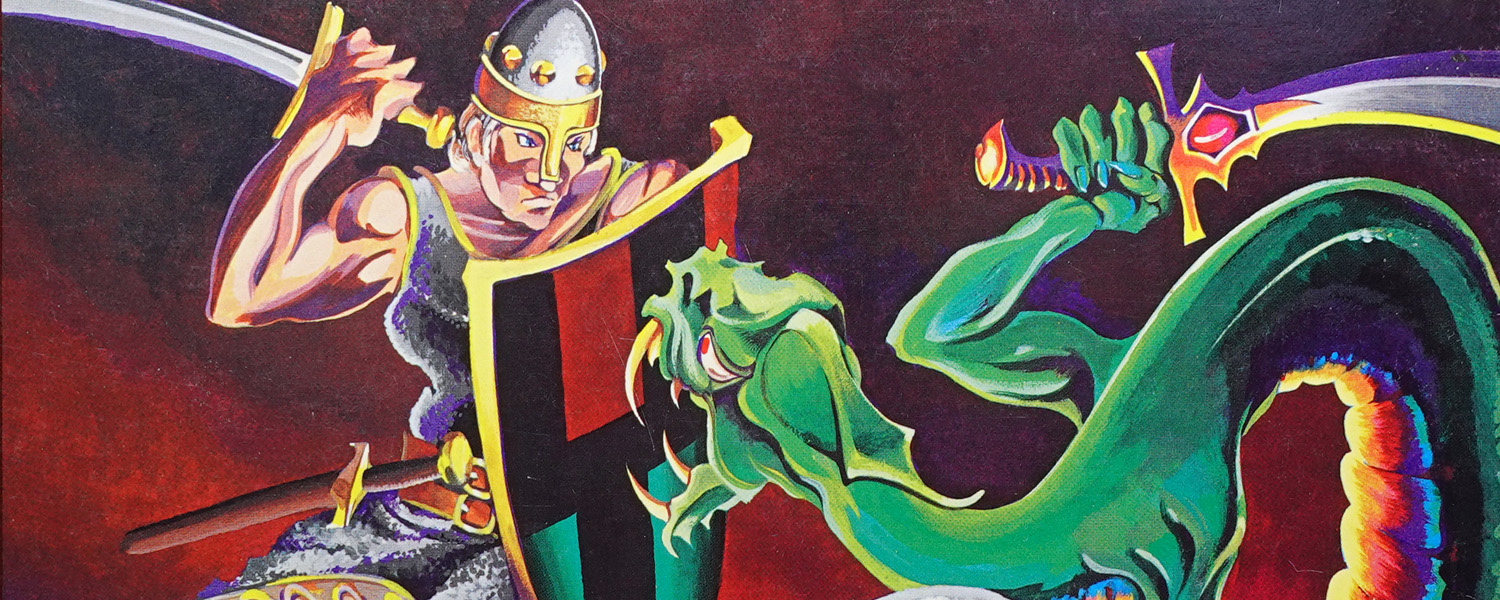
Silver Linings in the history of D&D
What struck me as especially revelatory about the story of TSR’s rise and fall was how some of the company’s worst decisions led to some of the most brilliant campaign settings of the time. I’m talking here about Planescape and Dark Sun, particularly. How, if at all, did this change your perception of all of these products?
Planescape and Dark Sun were two product lines that did indeed have difficulties making a profit because their price point was simply set too low by the company.
For example, Dark Sun adventures initially came with flip books, these spiral bound books that lay flat at the table with art and text for players, and they were magnificent, but so expensive that they lost the company money. Furthermore several such adventures were produced before TSR noticed that they lost the company money, and the flip books were axed.
Another way to put it would be to say the products were too beautiful, with too much color art, too many maps, too many flipbooks, too many dice, etc.
Knowing that many of those incredible products aided the company’s demise is certainly a bittersweet coda.
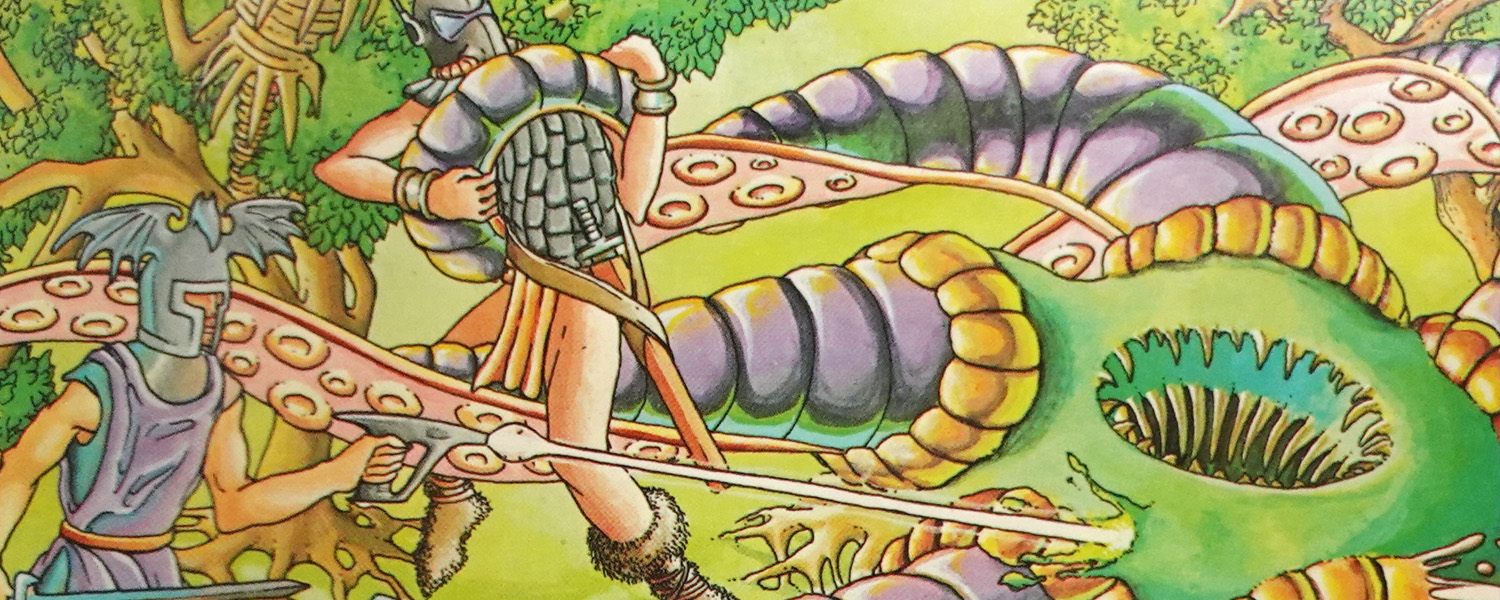
Business Culture at the time
TSR’s management had a terrible relationship with their talent. Unceremoniously ditching the creative minds who produced your best-selling products seems almost as cruel as it was self-sabotaging. Was this just a problem at TSR or is it more reflective of corporate mindsets of the time? Companies are more concerned about the long-term management of their intellectual properties these days. Even Wizards of the Coast, the inheritors of TSR’s products, came out of the gate with “iconic” characters.
I just don’t feel qualified to speak to other companies. I’ve been buried in TSR for years now, so I’m just not sure what was going on at White Wolf or DC or Marvel or Paramount. But it is an incredible question to ask.
Keeping up With Ben Riggs and His Work
What’s your next project and where can people find you online?
I am looking for a next project at the moment. If you think you have an incredible tale to tell, I’d love to hear from you. Contact me on Twitter at @BenRiggs_. I also have a podcast, Plot Points, which I would point you to. At the moment on the pod, I’m reading aloud the 1st edition Dungeon Master’s Guide with an RPG academic, and we’re commenting on the text as we go. We’ve put out about 24 hours of audio content and we’re 23 pages into the book!
Thanks again to Ben Riggs for giving us his insight and a preview of his upcoming book on the history of D&D! You can preorder Slaying the Dragon: A Secret History of Dungeons and Dragons here. Expected release is July 19th 2022!

Interview conducted by Rob Matthews
Rob Matthews is a writer and lifelong gamer. When he’s not rolling dice or herding words, you can find him drawing, training in the martial arts, or planning his next tattoo.
[ Browse all TSR Dungeons & Dragons products ]
[ You might also like: New Twilight 2000 Edition ]
[ Browse all RPGs ]

